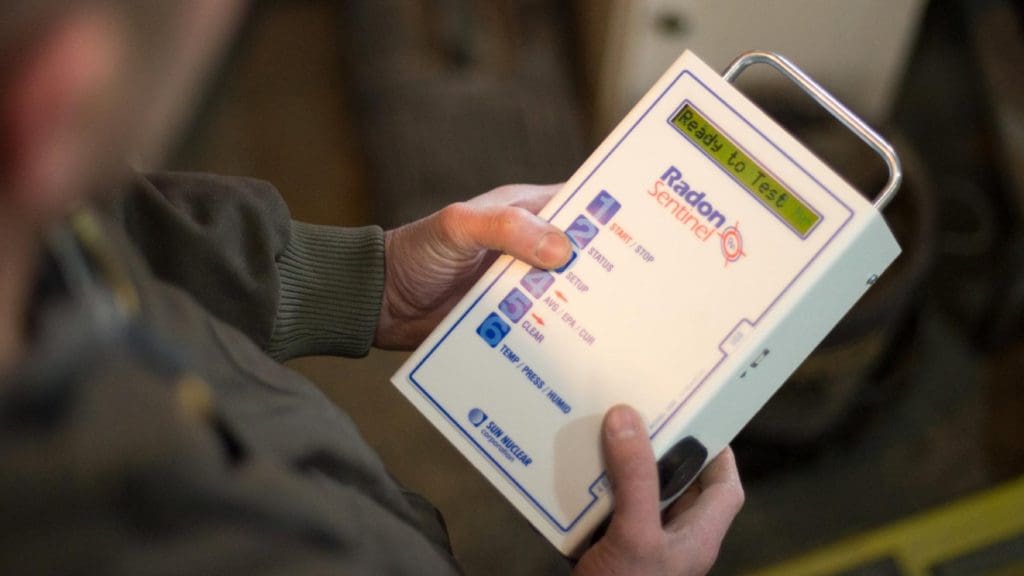Radon is a colorless, odorless, and tasteless radioactive gas that is sometimes found in the basements of American homes. While it is impossible to detect without testing for it, radon has carcinogenic properties and is therefore a significant contaminant that affects indoor air quality. Often conducted during a home inspection, if a radon test determines that a home contains elevated radon levels, immediate mitigation is necessary. According to the United States Environmental Protection Agency, radon is the second most frequent cause of lung cancer, causing 21,000 lung cancer deaths per year in the United States. About 2,900 of these deaths occur among people who have never smoked, and among non-smokers, radon is the number one cause of lung cancer. Some scientific studies of radon exposure indicate that children may be more sensitive to radon due to their higher respiration rate and their rapidly dividing cells, which may be more vulnerable to radiation damage.
The most common mitigation method used to reduce radon levels is a vent pipe system and fan, which pulls radon from beneath the house and vents it to the outside. This method is also called sub-slab depressurization, active soil depressurization, or soil suction. So, if elevated radon levels are found in your home, don’t panic, and know that there are ways to fix it. In certain areas of the country, a home is more likely to contain radon than not, so it’s a rather common problem that will not present a risk after proper mitigation methods are applied.
